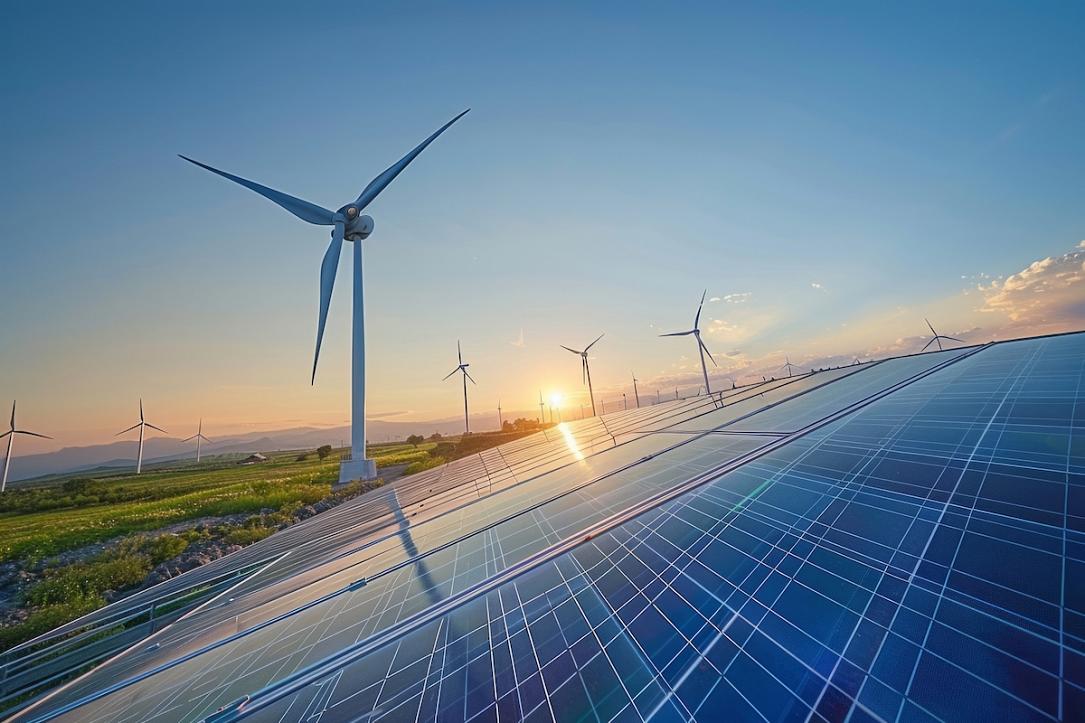Romania aims to achieve climate neutrality by 2045



Romania aims to achieve climate neutrality by 2045, ahead of the previously established target year of 2050. The government also wants 38% of the country’s gross final energy consumption to come from renewable sources by 2030.
The Ministry of Energy announced in a press release on Tuesday, September 17, that it has published the second updated version of the PNIESC, a document that includes 89 additional policies and measures aimed at increasing the share of renewable energy sources, significantly reducing greenhouse gas emissions, and implementing innovative solutions across all economic sectors, according to the government cited by Agerpres.
The scenario proposed in this plan sets more ambitious targets than those previously established, the Ministry of Energy noted. Key objectives of the plan include reducing net greenhouse gas emissions by 85% by 2030, compared to 1990 levels, and achieving climate neutrality before 2045, therefore moving up the previously established target year of 2050.
Additionally, by 2030, Romania aims for 38% of its gross final energy consumption to come from renewable sources, with wind, solar, and biomass energy being the main drivers.
"Romania is taking an important step in the fight against climate change by updating the Integrated National Plan for Energy and Climate Change. [...] This plan reflects our commitment to become climate-neutral before 2045 and to contribute to a safer, more competitive, and greener future for Romania and Europe," said minister of energy Sebastian Burduja.
The revised plan includes measures to reduce emissions in key sectors such as energy, transport, housing, and industry, and aims to implement advanced technological solutions, such as the use of renewable hydrogen and energy efficiency improvements.
"The PNIESC will be swiftly submitted to the European Commission, with Romania joining other member states that have submitted their updated plans at the European level," the ministry announced.
According to EU data, in 2022, approximated domestic greenhouse gas emissions in Romania were 107.3 MtCO2-eq, 7.0% lower compared to 2021 and 7.3% below pre-pandemic levels. Overall, net domestic emissions, including the Land Use, Land Use Change and Forestry sector, were 75.1% lower than 1990 levels.
In 2022, the highest contribution to greenhouse gas emissions in Romania came from the industry sector (25%), followed by the transport sector (19%) and the energy sector (19%).
(Photo source: Oleg Kryuchko/Dreamstime.com)